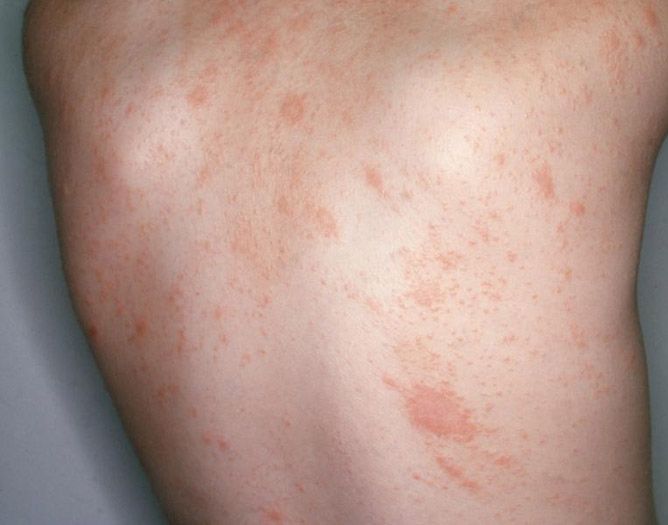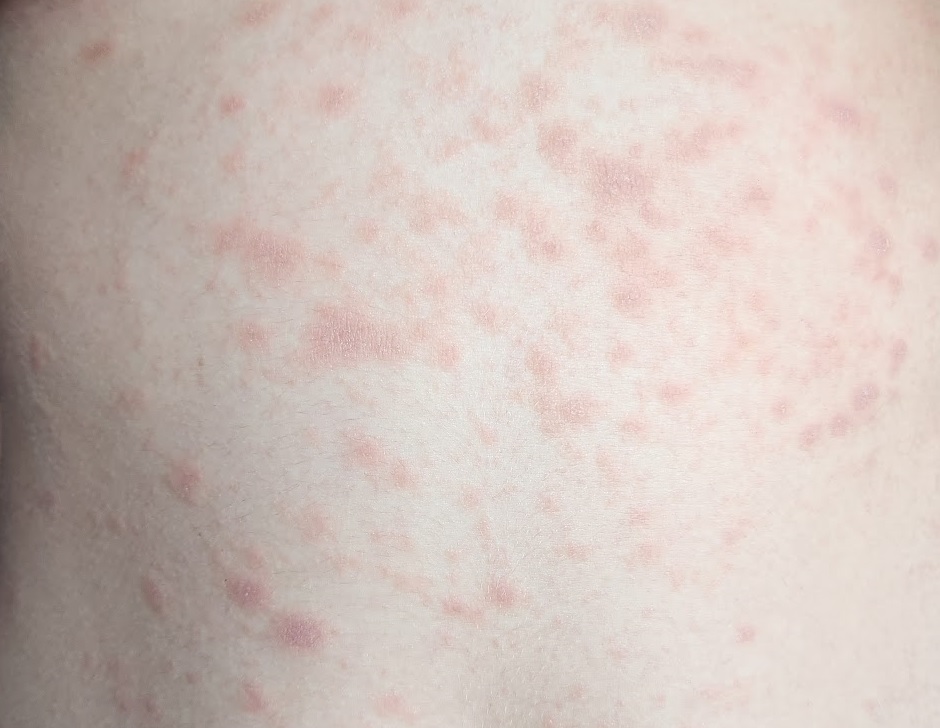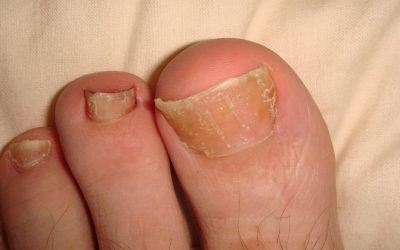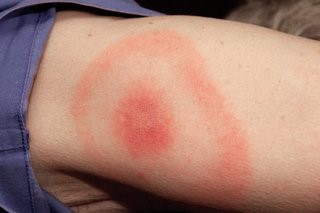Pityriasis rosea



- Viral respiratory tract infections
- Reactivation of human herpesvirus type 7 (HHV-7)
- Weakened immune system
- Quite often the cause remains unknown
Clinical symptoms
- In 50-90 percent of cases, the disease begins with a “maternal” plate/spot, which is also called a medallion in the literature. A “mother” plaque is oval or round, pink or slightly orange in color (salmon pink), usually scaly, 2-5 cm in diameter, usually localized in the chest, neck or back.
- Centrifugal flaking soon appears, disappearing from the center to the periphery. White, thin scales resembling cigarette paper are characteristic.
- After a few days and sometimes weeks, multiple small erythematous plaques appear, which are usually arranged along the skin lines (“Christmas tree” arrangement along Blaschko’s lines).
- The face in adults usually remains intact.
- Accompanying symptoms: itching, which is mild at first, but can be very strong.
- People with dry skin or atopic dermatitis are more often and more severely affected.
- In children, this disease manifests itself in atypical localizations: in the area of the hairy part of the head and on the face; less often – on the face and lower limbs or in the armpits and groin areas.
Diagnostics
Diagnosis is based on history and clinical presentation. In rare cases, when the rash is not completely typical, it is necessary to investigate for other skin diseases. Sometimes the “native” plaque can resemble the rash of a fungal skin infection. In such cases, a microscopic examination of the skin for the fungus is performed.
Blood tests for this disease are not routinely performed.
Treatment
- Typically, the rash resolves naturally within 4-8 weeks.
- It’s advised to practice gentle skin care, apply moisturizers 2-3 times a day, and avoid irritants.
- For significant itching, topical treatments and creams with soothing properties may be recommended.
- To minimize aggravation from itching, it’s suggested to avoid hot showers, excessive sweating, abrasive skin products, and soap.
- Light-based therapy procedures.
- In more severe instances where the condition progresses, oral medications or systemic treatments targeting viral causes might be used.

Nail psoriasis
Psoriasis is a form of chronic systemic inflammatory autoimmune disease that mostly affects fingernails and toenails.
Lyme disease
It is contracted when a blood-sucking tick injects intestinal contents containing bacteria into a wound. Untreated Lyme disease can damage not only the skin, but also the internal organs, joints and nervous system.
Psoriasis
A common, chronic, inflammatory, recurring skin disease that affects 2-3% of the population. Psoriasis can start at any age, and is most often found in adults.




